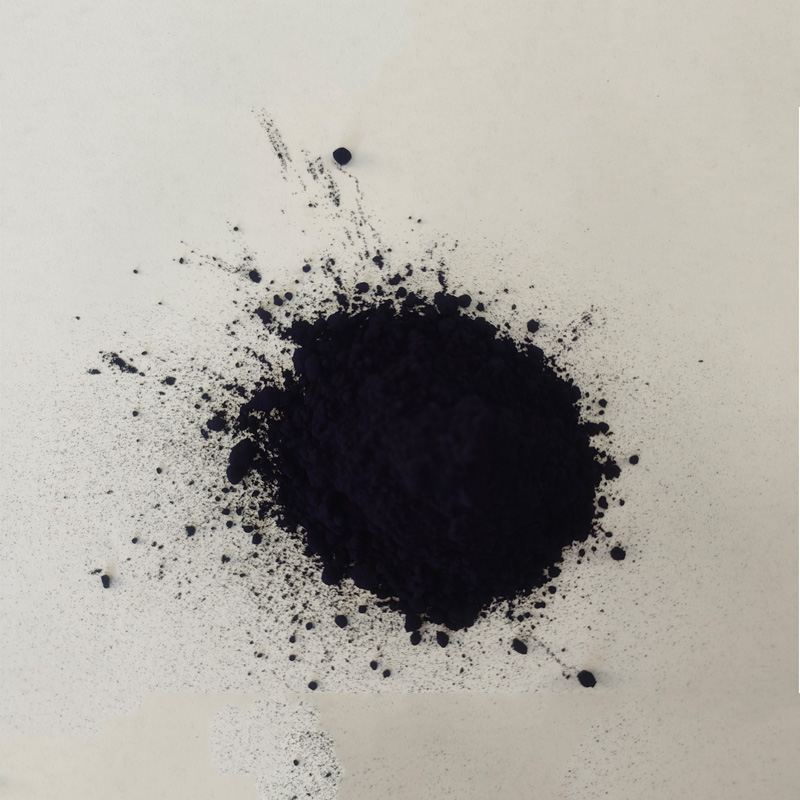indigo making
The Art of Indigo Making A Timeless Tradition
Indigo, a color that evokes deep serenity and richness, has been cherished across cultures for thousands of years. The process of making indigo dye is not just an artisanal craft; it is a celebration of nature’s bounty and human creativity. This vibrant blue dye is derived from the leaves of the indigo plant, primarily from the species Indigofera tinctoria, and its production is steeped in history.
The journey of indigo making begins with the careful cultivation of indigo plants
. Farmers nurture these leafy greens, ensuring they receive the right amount of sunlight and water. When the time is right, the leaves are harvested, often by hand, to preserve their quality. This initial step is crucial, as the richness of the dye is directly linked to the health of the plants.Once harvested, the leaves undergo a process called fermentation. The leaves are first soaked in water, which helps to break down their cellular structure and release the indigo pigment. After soaking, the mixture is agitated to incorporate air, which initiates the fermentation process. Over several days, this mixture transforms into a rich, frothy liquid filled with potential. The color of the liquid shifts from green to a beautiful deep blue—a testament to the magic of fermentation.
indigo making

The next stage involves extracting the dye. The fermented mixture is allowed to settle, and the liquid is carefully poured off, leaving behind a sediment that contains the indigo. This sediment is then washed and pressed into a cake or paste, which can be dried and stored for later use. This form of indigo is both potent and versatile, allowing artisans to create different shades through various dyeing techniques.
Indigo dyeing itself is an art form. Textiles are submerged in the indigo bath, often multiple times, to achieve varying depths of color. The process requires skill, as the dyer must control the exposure of the fabric to oxygen to produce the desired hue. Each piece takes on a unique character—no two items dyed with indigo are alike.
Overall, the world of indigo making is a perfect blend of tradition and artistry. In many cultures, this dyeing technique symbolizes not just craftsmanship, but the passing down of knowledge through generations. Today, as the fashion industry leans towards sustainability, indigo making is experiencing a renaissance, highlighting its importance as an eco-friendly alternative to synthetic dyes. The timeless allure of indigo continues to inspire, reminding us of the beauty that can emerge from the simple union of nature and human ingenuity.
-
The Timeless Art of Denim Indigo Dye
NewsJul.01,2025
-
The Rise of Sulfur Dyed Denim
NewsJul.01,2025
-
The Rich Revival of the Best Indigo Dye
NewsJul.01,2025
-
The Enduring Strength of Sulphur Black
NewsJul.01,2025
-
The Ancient Art of Chinese Indigo Dye
NewsJul.01,2025
-
Industry Power of Indigo
NewsJul.01,2025
-
Black Sulfur is Leading the Next Wave
NewsJul.01,2025

Sulphur Black
1.Name: sulphur black; Sulfur Black; Sulphur Black 1;
2.Structure formula:
3.Molecule formula: C6H4N2O5
4.CAS No.: 1326-82-5
5.HS code: 32041911
6.Product specification:Appearance:black phosphorus flakes; black liquid

Bromo Indigo; Vat Bromo-Indigo; C.I.Vat Blue 5
1.Name: Bromo indigo; Vat bromo-indigo; C.I.Vat blue 5;
2.Structure formula:
3.Molecule formula: C16H6Br4N2O2
4.CAS No.: 2475-31-2
5.HS code: 3204151000 6.Major usage and instruction: Be mainly used to dye cotton fabrics.

Indigo Blue Vat Blue
1.Name: indigo blue,vat blue 1,
2.Structure formula:
3.Molecule formula: C16H10N2O2
4.. CAS No.: 482-89-3
5.Molecule weight: 262.62
6.HS code: 3204151000
7.Major usage and instruction: Be mainly used to dye cotton fabrics.

